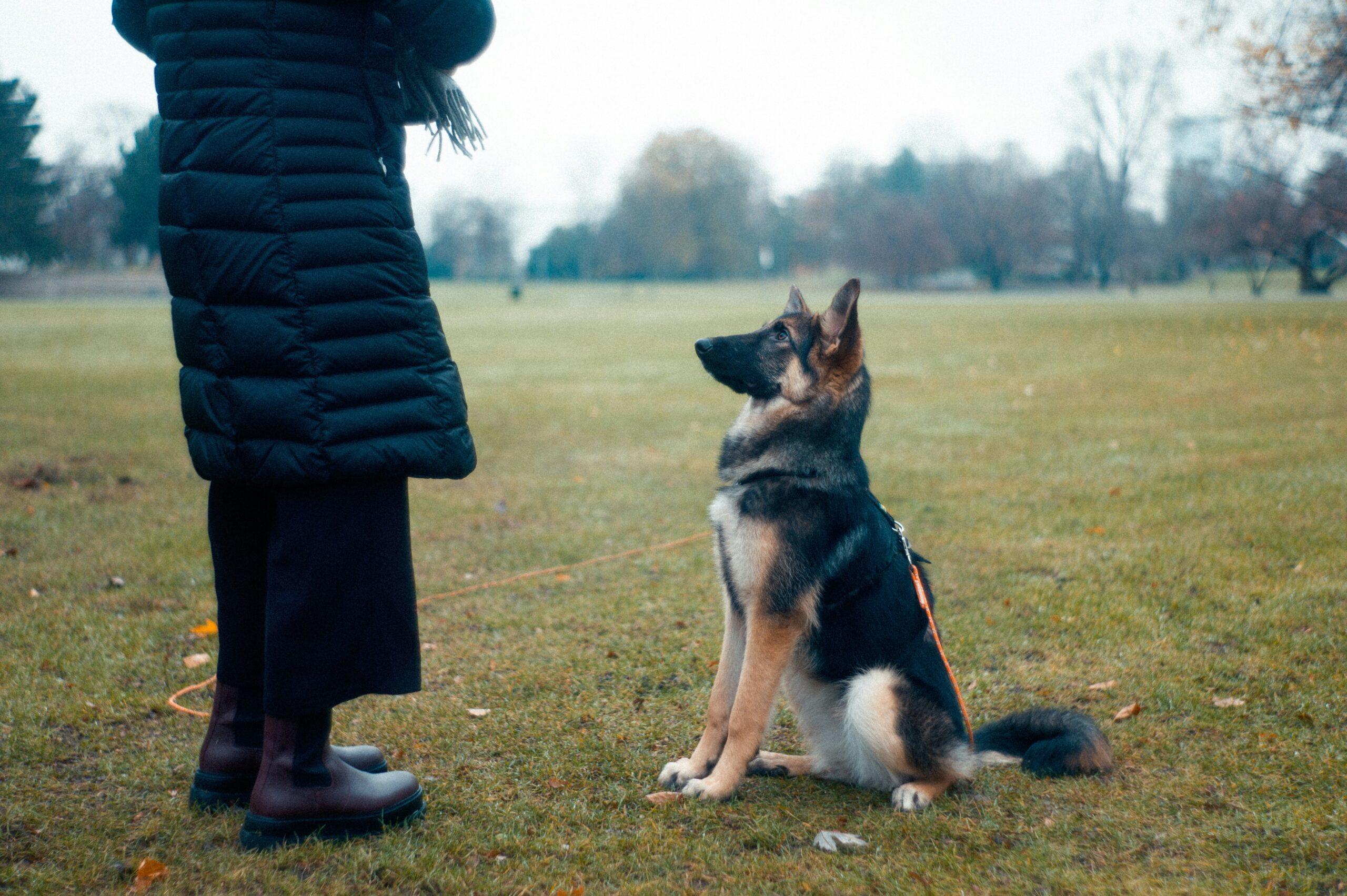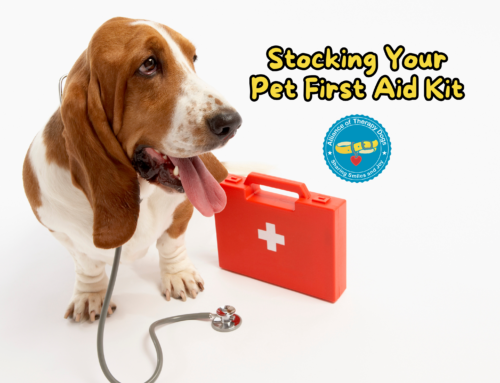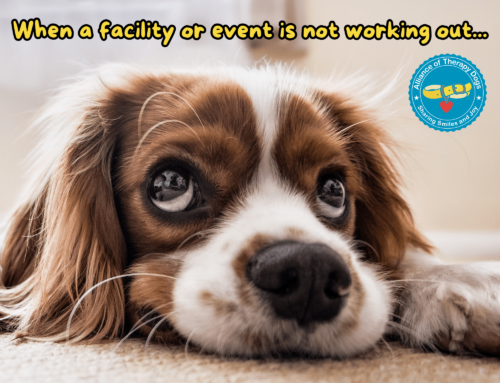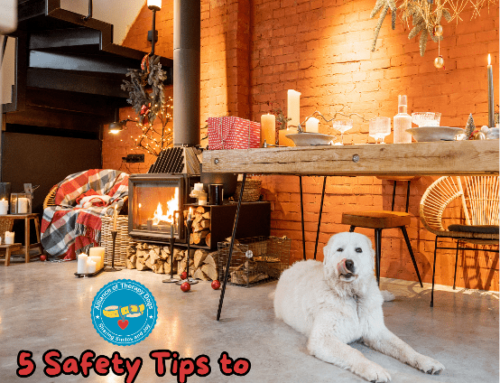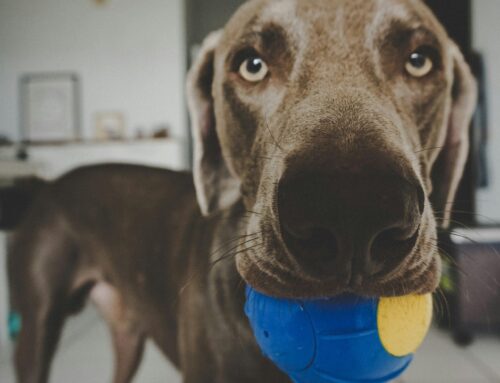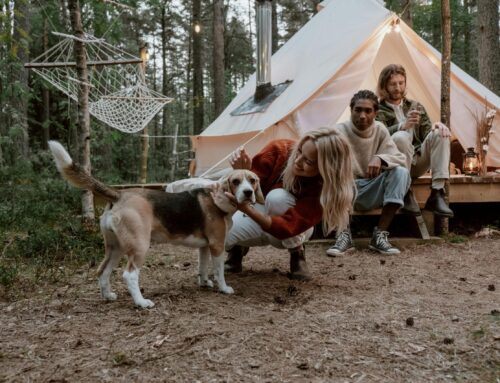Training Your Dog At Any Age
Training your dog is an important component of your bonding experience, regardless of their age. Whether you have a playful pup or a seasoned senior, you can always teach your dog new tricks! Here are some tips to help train your dog at any stage of their life.
Practice Patience
As a dog owner, you know that patience is key when training a puppy. The same goes for training an adult or senior dog. Your canine may not nail the trick right away, and that’s okay! Older dogs may not have the same cognitive thinking as they did when they were younger, which means you will have to embrace repetition. Repeating a trick many times can help them recall it better.
Positive Reinforcement
You can also break down a trick into smaller steps and praise your dog when they have completed a step. For example, if you are training your dog the bow trick, praise them for steps that might seem simple, like lowering their forebody to the ground. Positive reinforcement is essential for dog training. It can make your dog feel less pressure to perform a trick and instead be excited to please you and get a treat. Ensuring that training experiences are positive, will make your dog look forward to them and help foster the bond you have with them.
Physical Limitations
Be aware that your dog may not be as physically agile as they were in their puppyhood and they may have physical limitations such as arthritis. When teaching them a new trick, keep in mind their abilities and limitations at this stage of their life. Let your furry friend set the pace and limit the amount of pressure you put on them. If you notice any signs of discomfort, put a pause on dog training and let them rest or adjust the regimen. Remember that while setbacks happen, it doesn’t mean your dog can’t learn the trick. Simply consider it as a matter of adjusting the training.
Set Up A Routine for Training Your Dog
Dogs love daily routines. A regular schedule is known to help them feel less anxious. So, when it comes to dog training, consistency is key. Schedule ten to fifteen minutes of daily training time at the same time each day. For instance, if you have some free time before breakfast or after dinner, you may want to squeeze in a training session then and continue doing so for a week or even longer if needed.
Rally Classes & Conformation Training
If you’re interested in continuing education for your dog, consider observing or enrolling in a Rally class. The American Kennel Club defines Rally as when a handler and their dog move through a course made up of 10 to 20 signs. Each sign is associated with a skill or a command to perform such as sit, down, or stay. When you register for a Rally class, the instructor will demonstrate how to train your dog and how you can practice Rally skills at home. Teaching your dog Rally skills can improve their cognitive development and help encourage good behavior. For more information on Rally, you can read our Dog Conformation Training blog post.
Put Your Dog Training to Good Use
If you are looking for ways to train your dog, consider getting therapy dog certified. If you aren’t already an Alliance of Therapy Dogs member, volunteering with your dog is a terrific way to share smiles and joy. To become certified, you can visit our Join, Be A Member page and watch a video of the certification test to learn about the application process and requirements.
We’re always looking for new members and the ATD Office is happy to help answer any questions you may have. Get started on the therapy dog journey today. Happy Training!

